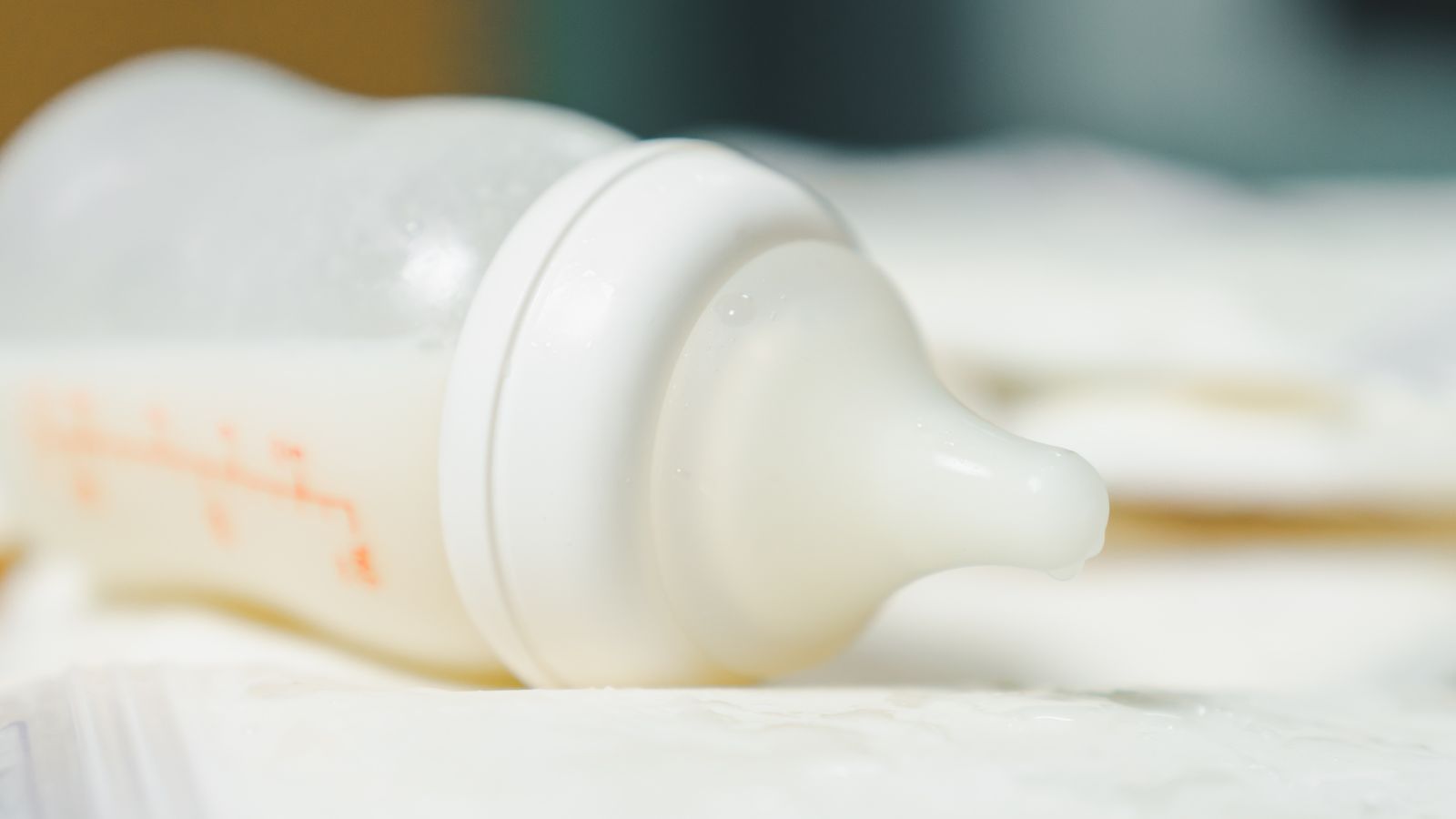Does Breast Milk Attract Ants? What Nursing Moms Need To Know

As a new parent, you may have noticed a trail of ants near your pumping station or where a bottle of breast milk was left out.
It’s a common scenario that can catch you off guard, reminding you that the natural world often intersects with our domestic lives unexpectedly.
Breastfeeding and pumping are intimate parts of nurturing your child, but the same nutrients that make breast milk beneficial for your baby can also invite ants looking for sustenance.
When you express breast milk, it contains sugars and fats essential for your baby’s growth and development.
Unfortunately, these same components can be appealing to ants.
Proper storage and prompt cleanup are vital to ensuring that these industrious insects aren’t interested in your baby’s food supply.
Why Ants Are Attracted to Breast Milk
A Sweet Find: Lactose Content
Your breast milk expression may inadvertently invite some tiny guests due to its lactose content.
Ants are drawn to the sweetness of the lactose—a type of sugar found in milk—which provides them with energy.
Nutritional Bounty: Proteins and Fats
Not just sugars but the proteins and fatty acids in breast milk serve as a rich buffet for ants, catering to their need for a more complex diet and making your milk a one-stop food source.
The Scent Trail: Detecting Milk from Afar
Ants have highly developed olfactory senses that allow them to detect even trace amounts of food scents.
The inherent sweet odor of breast milk emits signals that these insects are well equipped to track, leading them directly to the source.
Seeking Moisture
Breast milk isn’t just a food source; it’s also a source of moisture.
In their quest for hydration, ants may find their way to breast milk as a dual-purpose treasure providing both sustenance and water.
Carbs and More: A Comprehensive Food Source
In addition to lactose, breast milk contains other carbohydrates and nutrients that are attractive to ants.
By seeking out these components, ants can find a balanced diet in what you provide for your baby.
Tips to Avoid Ants in Breast Milk

Proper Storage Containers
Ensure that you store your breast milk in sturdy plastic or glass containers with secure lids. This prevents ants from detecting and accessing the milk.
Immediate Refrigeration
After you pump, promptly refrigerate or freeze your breast milk. This helps maintain the milk’s quality and deters ants by keeping the milk out of their reach.
Prompt Cleanup
In case of spills, clean the milk immediately. Milk residue can attract ants, so keeping surfaces spotless prevents infestations.
Ant-Proofing Your Space
Place ant baits and gels discreetly around to safeguard your home from ants. When pumping, choose a location that’s well away from the kitchen or garbage.
This limits the scent trails that can guide ants to your breast milk.
Additional Protective Steps
Maintain a clean pumping area by regularly washing your breast pump components.
Also, consider placing your milk containers in sealed bags or additional containment as an extra barrier against pests.
What To Do If Ants Get in the Milk
Stay Calm and Assess the Situation
If you discover ants in your breast milk, there’s no need to worry immediately.
As long as the ants have only made contact on the milk’s surface, it’s typically not a reason to throw it all away.
Just carefully remove any visible ants or larvae from the top.
Clean and Preserve
Once you’ve cleared the surface, ensure the milk’s safety by transferring it to a fresh container.
If you plan on using it soon, place it in the refrigerator. Otherwise, store it in the freezer to prevent spoilage and deter any more pests.
Handling Pump Equipment
If your pump parts were compromised, make sure to wash them thoroughly.
Proper sanitation is critical to preventing future contamination and ensuring the ants don’t return for another visit.
Storing Milk Safely Long-Term

Refrigerator Storage
When you place breast milk in the refrigerator, ensure it’s positioned at the back where the temperature is most constant.
Aim to use the stored milk within four days for optimum freshness and safety, even though it can be kept for up to a week at temperatures at or below 40°F (4°C).
Freezer Storage
For longer-term options, your freezer is your ally:
- Deep Freezer: Breast milk can be stored for up to 12 months at 0°F (-18°C).
- Regular Freezer: A good rule of thumb is up to 6 months to maintain quality.
Remember to store milk in small batches and label with the date expressed.
Thawing and Warming
Always thaw the oldest milk first. Thaw overnight in the refrigerator or place the sealed container under warm running water.
Once thawed, gently warm the milk by placing the container in a bowl of warm water.
Avoid microwaving or direct heat to preserve nutrients and avoid hot spots that could scald your baby’s mouth.
Use thawed milk within 24 hours for the best safety and quality.